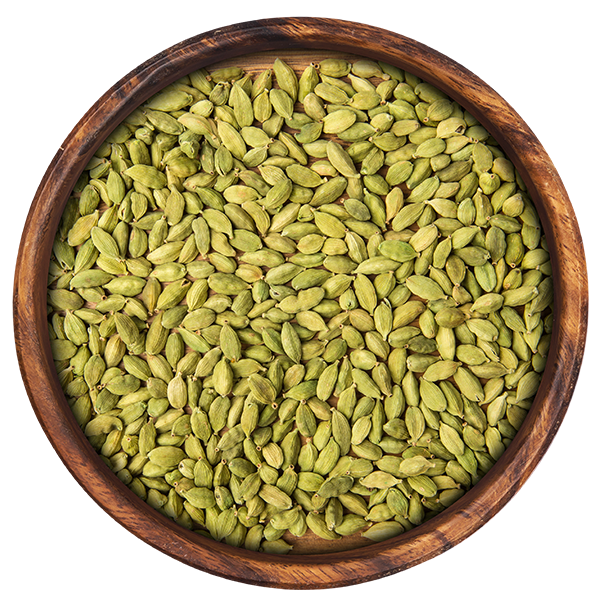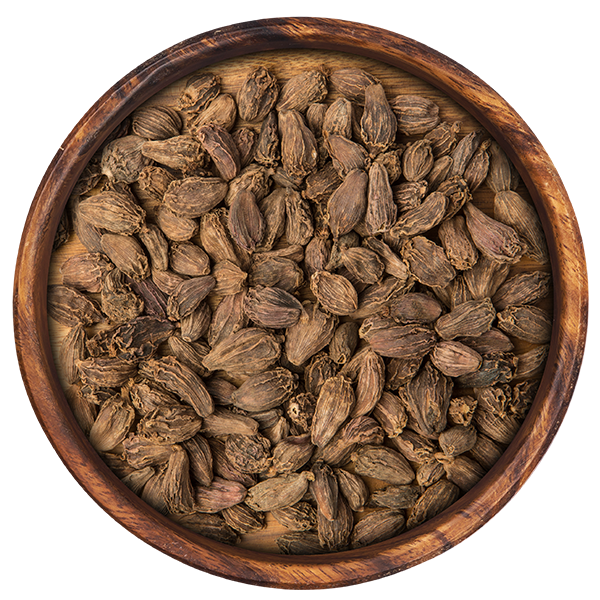

Striving hard to achieve the best, at Swani Spice we have managed to develop more than 100+ recipes of different product blends. All the products have been divided into three primary categories which include Whole Spices, Powders & Spice Blends.

Cumin

Chilli

Turmeric

Coriander

Ginger

Fennel

Fenugreek

Ajwain (Bishop's Weed)

Star Anise

Black Pepper

Mace & Nutmeg

Dehydrated Garlic

Dill Seeds

Clove

Cassia

Cinnamon

Asafoetida

Cardamom (Small)

Black Cardamom